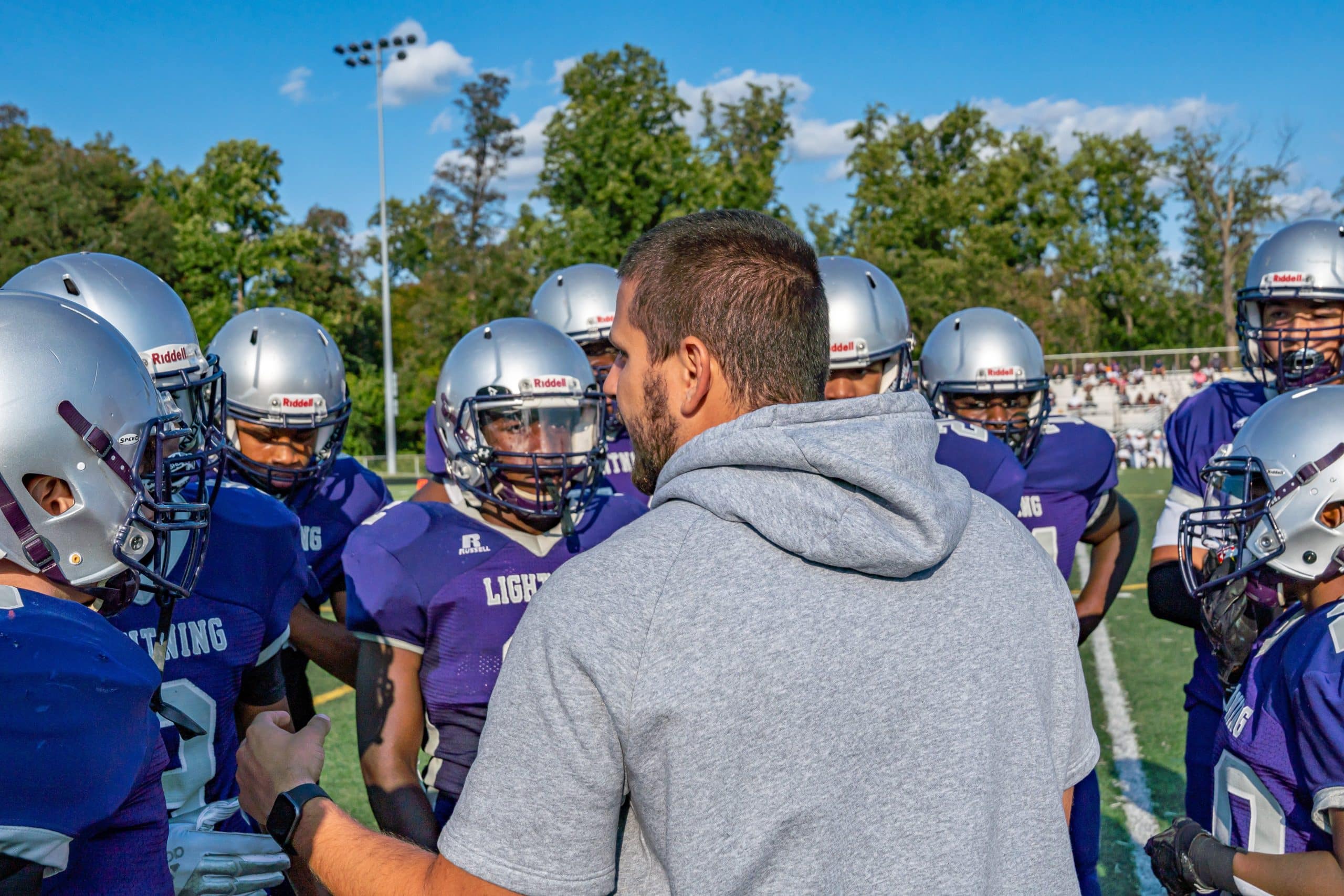How are sports governing bodies addressing issues of diversity and inclusion in sports leadership?

In the world of sports, it’s all about competition, teamwork, and, most importantly, the pursuit of excellence. While these elements are undoubtedly crucial, there is one more aspect of sports that often gets overlooked – diversity and inclusion. Sports, after all, is a realm that brings together people from all walks of life, from different cultures, races, and social backgrounds. And yet, when it comes to sports leadership, this breadth of representation is often missing. Diversity and inclusion in sports leadership have become hot topics of conversation, and rightfully so. This article takes a deep dive into the ways sports governing bodies are addressing these issues, creating an inclusive environment in sports leadership that reflects the diversity of the athletes they represent.
Strategies and Initiatives to Promote Diversity and Inclusion
It is not enough to merely discuss the importance of diversity and inclusion in sports leadership. What matters more is taking concrete action. Some sports governing bodies have realized this and have taken significant steps to address these issues.
Also read : How do sports teams use data analytics to scout and recruit new talent?
Many sports governing bodies around the world have implemented comprehensive strategies to address the lack of diversity and inclusion in their leadership structures. These strategies often involve setting clear targets for diversity representation, implementing diversity training programs, and creating a supportive environment for diverse leaders to thrive. They also include measures to increase the representation of women, ethnic minorities, people with disabilities, and LGBTQ+ individuals in leadership roles.
An example of such an initiative is the ‘Rooney Rule’ implemented by the National Football League (NFL) in 2003. The rule, named after the late Pittsburgh Steelers owner Dan Rooney, requires teams to interview at least one person of color for head coaching and senior football operation jobs. This rule ensures that qualified candidates from diverse backgrounds get the opportunity they deserve.
In parallel : What Are the Techniques for Effective Team Communication in Relay Races?
The Role of Education in Fostering Diversity and Inclusion
Education plays a critical role in fostering diversity and inclusion in sports leadership. By educating themselves and their staff about the importance of diversity and the benefits it brings to their organizations, sports governing bodies can help to break down barriers and dispel stereotypes.
Many organizations have introduced diversity and inclusion training programs for their staff, aiming to raise awareness of unconscious bias and promote a more inclusive culture. These programs often cover topics such as cultural sensitivity, gender equality, and the importance of representation.
Furthermore, education can help to ensure that the next generation of sports leaders is more diverse and inclusive. By incorporating diversity and inclusion principles into sports management and coaching courses, educators can help to prepare future leaders for the demands of a diverse sporting landscape.
Ensuring Diversity in Recruitment and Selection Processes
One of the most direct ways to increase diversity in sports leadership is to ensure diversity in the recruitment and selection processes. This means going beyond traditional recruitment methods and reaching out to underrepresented groups.
Many sports governing bodies are now recognizing the importance of this and have introduced measures to ensure a more diversified recruitment process. This includes advertising vacancies in more diverse media outlets, using diverse selection panels, and ensuring job descriptions and selection criteria do not discriminate against any group.
An example of this is Major League Baseball’s ‘Selig Rule,’ which requires clubs to consider a diverse pool of candidates for senior baseball operations and on-field positions. This rule has been instrumental in increasing the representation of diverse individuals in leadership roles within the league.
Embracing Technology to Promote Diversity and Inclusion
In today’s digital age, technology can be a powerful tool to promote diversity and inclusion. Social media platforms, in particular, can be used to highlight the achievements of diverse leaders and to engage with a broader audience.
Sports governing bodies can use these platforms to promote diversity and inclusion initiatives, share success stories, and engage with fans and athletes from diverse backgrounds. They can also use technology to create virtual networking events, online mentoring programs, and other initiatives to support diverse leaders.
In addition, technology can be used to collect and analyze data on diversity within sports leadership. This data can then be used to identify areas for improvement and measure the success of diversity and inclusion initiatives.
Engaging with Athletes and the Wider Sports Community
Engaging with athletes and the wider sports community is key to promoting diversity and inclusion in sports leadership. After all, these are the people who are most affected by the decisions made by sports leaders.
Sports governing bodies can and should involve athletes in the decision-making process, particularly when it comes to issues of diversity and inclusion. Athlete forums, committees, and other participatory initiatives are all ways to ensure athlete voices are heard.
In addition, sports governing bodies can engage with the wider sports community through outreach programs, community events, and other initiatives. This can help to raise awareness of the importance of diversity and inclusion, and encourage more people from diverse backgrounds to pursue leadership roles in sports.
Indeed, diversity and inclusion in sports leadership is a multi-faceted issue that requires a multi-faceted approach. The good news is that many sports governing bodies are taking significant steps to address this issue, and while there is still much work to be done, the future of sports leadership looks bright and inclusive.
The Importance of Allyship in Sports Leadership
Just as on the field, teamwork is crucial in leadership. This is where the concept of allyship comes into play. Allies are those who have privileges and use them to help those who are less privileged. In the context of sports leadership, allies are those who may not personally identify as part of an underrepresented group but support the cause of diversity and inclusion nonetheless.
By becoming allies, sports leaders can contribute significantly to creating a more inclusive environment. They can use their influence to advocate for diversity, challenge discriminatory behaviors, and help to create policies that promote equality. Allies can also help to create a culture of respect and acceptance by demonstrating inclusive behaviors and attitudes.
Many sports governing bodies have recognized the importance of allyship and have introduced initiatives to encourage it. For example, some organizations have implemented allyship training programs, which equip participants with the skills and knowledge they need to effectively support diversity and inclusion.
Moreover, allyship is also about listening and learning. Allies should engage in continuous learning about different cultures, identities, and experiences. They should also take the time to listen to the voices of underrepresented groups, to understand their experiences, and to learn how they can best support them.
Ultimately, allyship can play a crucial role in promoting diversity and inclusion in sports leadership. When leaders become allies, they can help to break down barriers and create a more inclusive and equal sporting world.
Inclusion and Diversity: The Way Forward
While progress has been made, there is still a long way to go to achieve true diversity and inclusion in sports leadership. The journey towards a more inclusive sporting world is a continuous one, and it requires the commitment and effort of all involved.
Sports governing bodies must continue to prioritize diversity and inclusion in their leadership structures. They must continue to implement strategies and initiatives to promote diversity, and they need to continuously assess and adjust these initiatives to ensure they are effective.
The importance of education cannot be overstated. Both current and future sports leaders need to be educated about the importance of diversity and inclusion, and they need to be equipped with the knowledge and skills they need to promote a more inclusive culture.
The recruitment and selection processes must also be inclusive. This means reaching out to underrepresented groups and ensuring that they have equal opportunities to pursue leadership roles in sports.
In addition, sports governing bodies must make use of technology to promote diversity and inclusion. They can use social media platforms to engage with a diverse audience, to promote diversity initiatives, and to highlight the achievements of diverse leaders.
Lastly, athletes and the wider sports community must be involved in the decision-making process. Their voices are crucial in shaping the future of sports leadership, and they must be heard.
In conclusion, achieving diversity and inclusion in sports leadership is not an easy task. It requires a multi-faceted approach and the collective effort of everyone involved in the sporting world. But with determination, commitment, and hard work, a more inclusive and diverse future for sports leadership is within reach. The journey may be long, but the rewards are definitely worth it. After all, sports are a reflection of our society, and they should be as diverse and inclusive as the communities they represent.
